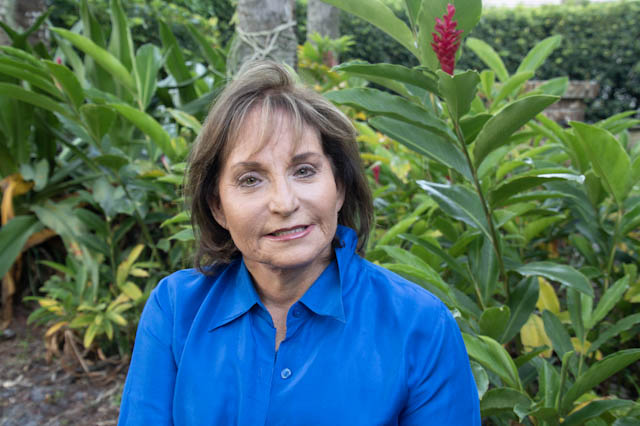Book Club Discussion
Still Missing Beulah. Stories of Blacks and Jews in Mid-Century Miami
Book Club Discussion
1. Were you aware of the racial bias and mistreatment of blacks in Miami during the mid-Century? Had you heard of the Miami Riots?
2. Does this change your feelings toward the city? Or confirm what you already knew?
3. Do Tootsie’s attitudes seem foreign to you . . . or familiar?
4. Do you think Rebecca overreacts to her father’s comments? Especially about black people.
5. Do you know anyone who served in Miami during World War 2? Have they shared memories?
6. In the title story, “Still Missing Beulah,” did you understand the pain Beulah’s leaving caused? Why was it especially difficult for Deborah? Did you think Tootsie was right to withhold information about Beulah’s leaving from the family?
7. In “Tootsie’s Schvartze,” do you think Deborah was too hard on her father? Why do you suppose he had no regrets over his affair?
8. In "The Real New York Lady," Tootsie talks about a woman who broke his heart. Do you think it affected the way he treated his wife later?
9. “Pearlie does for Tootsie” is about Tootsie’s relationship with a woman who cared for his mother and may feel guilty for contributing to her death. Did it sound like he was deliberately manipulating her?
10. Do you feel better informed about old Miami now?
Q&A on Still Missing Beulah
1. What inspired you to compile this collection of historical short stories and essays?
After reading The Help, which reminded me of experiences I had growing up in Coral Gables, a primarily White Anglo Saxon Protestant enclave at the time, I decided to write a short story based on my younger sister’s relationship with the Black nanny who helped raise us. That became the title story, Still Missing Beulah. Writing that piece brought back other memories of growing up in Miami during an era of segregation and anti-Semitism. Those memories, in turn, served as the framework for the other stories.
2. What do you hope to achieve through this book?
Most of the stories take place from 1940 and 1980, before South Beach became “hot” and “Miami Vice” put the city on the map as a sophisticated international crossroads. I liked the idea of exposing new Floridians and fans of Miami to the steamy underbelly of the neon city, a place where blacks and Jews were prohibited from entering clubs and restaurants and where African American, Hispanic and Anglo animosity led to almost of a decade of street riots.
3. Have the rifts between the Black and Jewish communities been healed?
Rather than healing, I think the tensions between blacks and Jews have faded as segregation and anti-Semitism have waned and gone underground. Many of Miami’s civil rights heroes—black, Jewish and Anglo—have died and relations between most of the warring communities have vastly improved.
4. What do you see as the parallels between Jews and African Americans in the South?
In a sense, the parallels between Blacks and Jews go back thousands of years to the enslavement of Jews in Egypt. During the mid-century, Jews and Blacks worked together to form such groups as the National Association for the Advancement of Colored People (NAACP) and the Congress of Racial Equality (CORE), an activist organization formed during the civil rights era. Sadly, many Jews—especially those who lived in southern cities such as Miami (and it was very southern at one time)—feared their own tenuous security might be imperiled by coming out openly for civil rights. But many rabbis and Jews were out there marching (and dying) in Selma, Birmingham, and Miami.
5. How have readers reacted to the book so far?
Many people have reacted by commenting on Amazon and elsewhere about their own experiences with prejudice against Jews and Blacks. One man wrote of his mother’s refusal to join Junior League when she learned blacks were banned while several women identified strongly with the protagonist in Still Missing Beulah, writing of their own relationships with African American nannies. Though the focus of the book is Black and Jewish relations, many readers related to the conflicted father-daughter relationship I used as a vehicle for telling the stories. Everyone seems to love the historical essays about Black and Jewish Miami.
7. Is there a central message you’d like readers to take away from the book?
I’d like readers to remember the past because the same bigotry that plagued people mid-century Miami festers under the surface for many individuals who were raised in the South. Despite our best efforts, many of us find ourselves struggling against these deep-seated prejudices.


